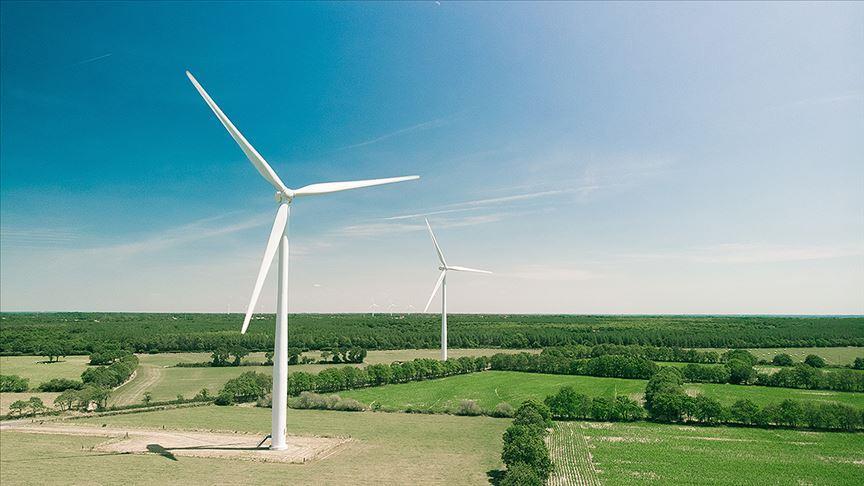The increase in electricity generation from wind and solar last year brought a record fall in global power output from coal but this was only possible because the COVID-19 pandemic halted the world's rising electricity demand, according to a new report from London-based independent think-tank, Ember, on Monday.
Global electricity demand decreased slightly by 0.1%, marking the first fall since the 2009 financial crisis, the Global Electricity Review 2021 report showed.
Wind and solar proved resilient during the pandemic by increasing electricity generation by 15%, or 314 terawatt-hours, which is more than the UK's entire annual electricity production.
With this increase, wind and solar supplied 2,435 terawatt-hours, equivalent to 9.4% of global electricity generation, which stood at 25,850 terawatt-hours.
The share of wind and solar in Germany was 33%, and 29% in the UK. The US and Turkey had both a 12% share, while Brazil held an 11% share followed by Japan with 10%. According to Ember, this data gives confidence in how wind and solar can be quickly built and integrated into the electricity system.
This growing output from wind and solar drove a record fall of 4%, or 346 terawatt-hours, in global coal power, the report showed.
China was the only G20 country that saw a large increase in coal generation in the pandemic year, being responsible for 53% of the world's coal-fired electricity.
The four largest coal-generating countries after China saw coal power decline in 2020 - India by 5%, the US by 20%, Japan by 1% and South Korea by 13%.
- Coal power needs to fall by 80% by 2030
The report revealed that despite the record drop in electricity output from coal, power sector emissions were still about 2% higher in the pandemic year than in 2015 when the Paris Agreement was signed.
"As electricity demand resumes, the world will need a lot more wind and solar to keep coal falling. With coal use already rising in 2021 across China, India and the US, it’s clear the big step-up is yet to happen," Dave Jones, Ember’s global lead author said.
Overall energy-related emissions fell by around 7% because of the pandemic, according to the International Energy Agency.
Electricity demand grew by 11%, or 2,536 terawatt-hours since 2015, Ember calculated, but this outpaced the increase of 2,107 terawatt-hours in clean energy.
As a result, gas-fired electricity increased by 11% or 562 terawatt-hours, and coal generation fell only by 0.8%, or 71 terawatt-hours.
"Progress is nowhere near fast enough. Despite coal’s record drop during the pandemic, it still fell short of what is needed. Coal power needs to collapse by 80% by 2030 to avoid dangerous levels of warming above 1.5 degrees," Jones noted. "We need to build enough clean electricity to simultaneously replace coal and electrify the global economy. World leaders have yet to wake up to the enormity of the challenge."
By Nuran Erkul Kaya and Gulsen Cagatay
Anadolu Agency
energy@aa.com.tr


